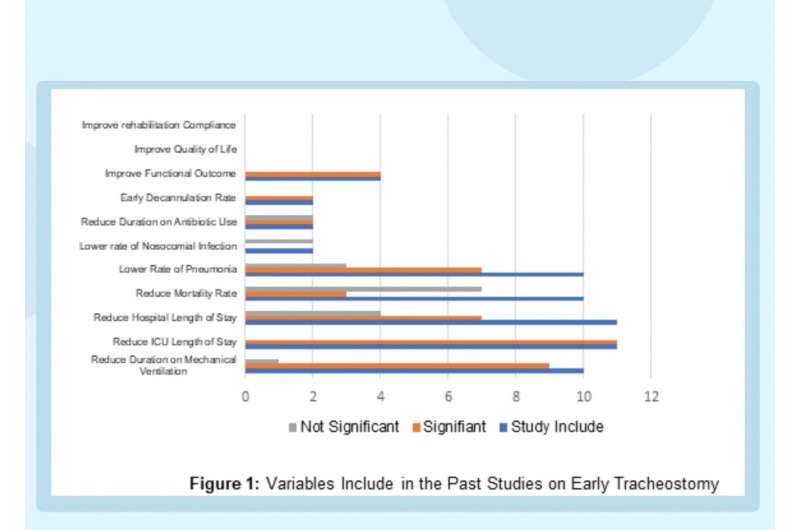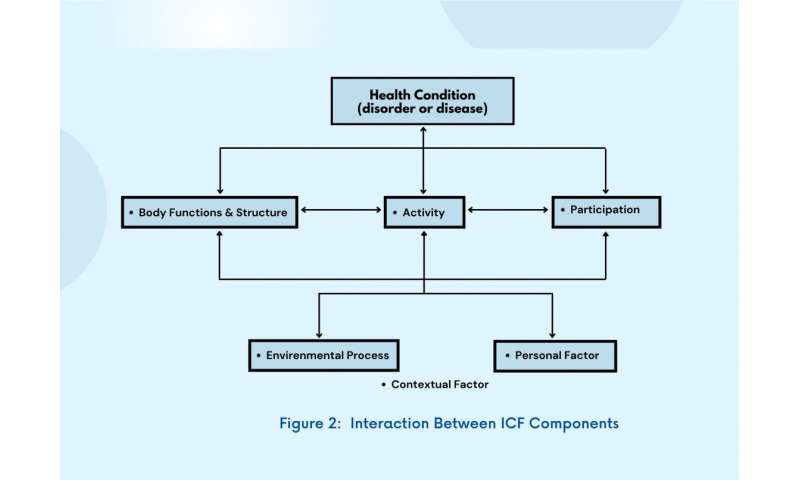
People who suffer severe head injuries are sometimes placed on mechanical ventilators to ensure oxygen delivery to the body’s vital organs, including the brain. Initially, mechanical ventilation is provided through a tube placed down the windpipe through the mouth and requires the patient to remain sedated. However, prolonged mechanical ventilation can lead to complications, such as pneumonia, and can hamper the recovery process. So doctors start to wean patients off the ventilator and the associated sedatives by providing ventilation through a surgical opening at the front of the neck into the windpipe; a process called a tracheostomy.
Early tracheostomy is believed to offer benefits and positive outcomes for severe head injury patients. Critical care nursing expert Salizar Bt. Mohamed Ludin and colleagues want to understand whether it is worth initiating this process early on, especially in the Malaysian healthcare setting.
The team will be evaluating how a severe head injury patient’s socio-demographic profile and the timing of tracheostomy impact their outcome during their time at hospital and following discharge. This will include investigating patients’ functional outcomes, quality of life and motivation towards the rehabilitation process.
“We believe our research findings will contribute to constructing new evidence-based clinical practice guidelines for conducting tracheostomies on mechanically ventilated severe head injury patients,” says Ludin. “Our research aims to reinforce the importance of continually evaluating and updating guidance for nurses to be able to provide the finest level of tracheostomy care.”

Source: Read Full Article





